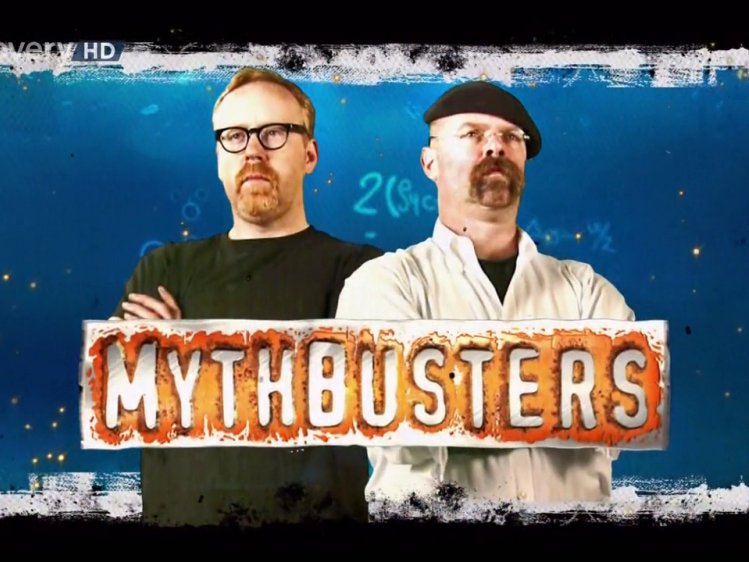Over the last month I have reignited my love for the television show “Mythbusters”. If you haven’t seen it before, it consists of a team of special effects artists who try to prove if certain urban legends are fact or fiction.
In this blog post we turn our attention to Episode 4 Season 3 (according to IMDB). In this they test if yawning is contagious. That is, if you see someone else yawn then you yourself will feel the need to yawn. You can watch the experiment below.
From the percentages, the sample size, and the fact they give the “yawn stimulus” to 2 out of 3 people it can be determined that in the “control” group 4 out of 16 people yawned, and in the “stimulus” group 10 out of 34 people yawned.
This is a 4% increase in yawns therefore yawning is contagious, right?
Given how large our sample was I would say it’s confirmed.
Adam Savage
In each group, a person either yawns, or they don’t. We can model this as fifty Bernoulli random variables (1 if yawn occurs, 0 otherwise). We will assume that members of the “control” group have a probability p_1 of yawning, while the “stimulus” group have probability p_2.
Our question, “Is yawning contagious?”, is now a mathematical one. Is p_1 \neq p_2?
In hypothesis testing, p_1 \neq p_2 is called our “alternative hypothesis” and it is often denoted as H_A. On the other hand, p_1=p_2 is called our “null hypothesis” and it is often denoted by H_0.
We will perform a Likelihood-Ratio test to see if there is enough evidence to reject our null hypothesis. Rejecting the null hypothesis means it has been determined that if it were true the two probabilities were equal, then we would have a very low chance of getting the data we have, implying that our assumption is untrue since we got that data.
For example, if a child comes up to you and claims they rolled a fair dice 100 times and got a 3 every time then they are either lying to you, or the dice isn’t fair (probability of getting each number is not the same).
By using calculus we find values for p_1 and p_2 that maximise the likelihood function. This is where the data that the Mythbusters gathered gets introduced into the problem, giving the following likelihood function:
L(p_1,p_2)=p_1^4 p_2^{10}(1-p_1)^{12}(1-p_2)^{24}.
If we assume that the probabilities are not equal (as in the alternative hypothesis), then the values that maximise the above likelihood function are {p}_1^A = 4/16 and {p}_2^A=10/34.
If we assume that the probabilities are equal (as in the null hypothesis), then the values that maximise the likelihood function are {p}_1^N = {p}_2^N = 14/50.
We now construct what is called a “test statistic”, denoted as T, and then compare this with an appropriate distribution to see how likely we are to observe this test statistic. If we are not likely to see it, then this suggests we need to reject H_0 (myth confirmed).
Since we are performing a Likelihood-Ratio test, the following test statistic is used:
T = 2\log\left( L({p}_1^A,{p}_2^A) \div L({p}_1^N,{p}_2^N) \right)
By inserting the values that were found above T = 0.1063772 .
The probability of seeing this test statistic value is 0.74. This means that the data the Mythbusters collected doesn’t suggest that yawning is more likely if you are stimulus group. For us to reject the null hypothesis we would want the test statistic value to be less than approximately 0.05 (also known as a 5% significance level).
In summary, the 4% increase in yawns that the Mythbusters found isn’t enough evidence to confidently say that yawning is contagious. My recommendation would be to change the status of this myth from “confirmed” to “plausible”.
Further Reading
For the further reading I leave two resources. The first for the reader who is interested in hypothesis testing, the second for the reader who is interested in Mythbusters.
